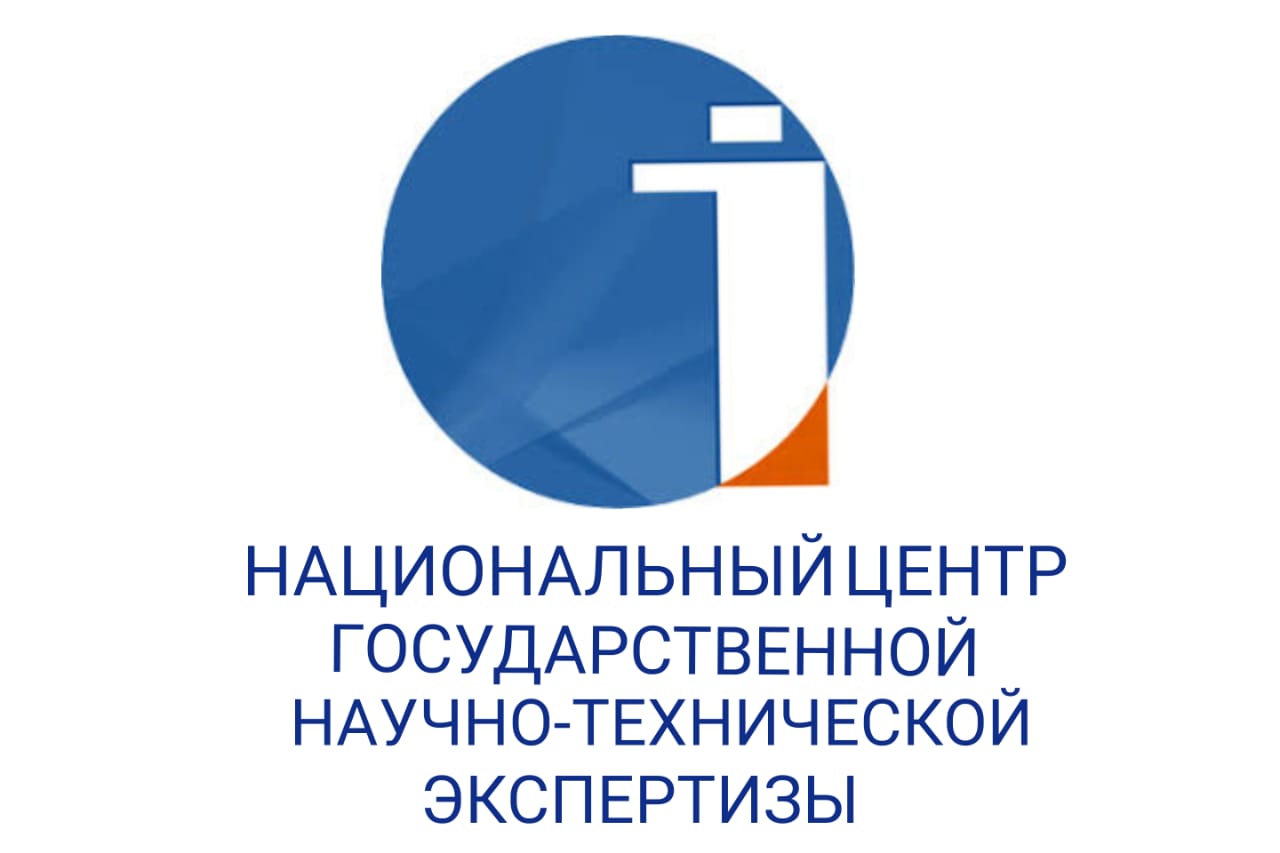MNEMOTECHNICAL TECHNIQUES IN THE PRACTICE OF TEACHING TRANSLATION
DOI:
https://doi.org/10.48371/PHILS.2023.97.87.015Keywords:
mnemonics, mnemonics and techniques, cognitive science, short-term memory, mnemonic supports, translation, translation training, the law of association of ideasAbstract
The authors present mnemonic techniques and methods to be applied in teaching translation as a key approach for the implementation of translation activities based on memorization of language material and its adequate transfer into the target language. The purpose of this article is to study the practical application of memorization techniques and the expansion of short-term memory as one of the important tasks in the professional training of translation students.
The scientific novelty of the research lies in the development and systematization of a set of mnemonic exercises for students of the Faculty of Translation in order to practice creating associative connections in translation and training successful memorization of large volumes of text of various types. Among the exercises offered to readers are exercises for memorizing numbers, complex combinations of images, a gradual increase in the amount of memorized information, parallel listening and speaking / reading information.
This article is of theoretical and practical interest for teachers of the theory and practice of translation of a foreign language, and may also be of interest to teachers of a foreign language, cultural studies, regional studies, as well as students of language faculties.
Within the framework of the study, the authors analyze the history of the development of the mnemonic approach within the framework of the theory of translation studies, where the constant development of mnemonics based on cognitive linguistics was noted, the cognitive mechanisms of fixing images during memorization, the laws of association of ideas by layer (the law of similarity, contrast, sequence and simultaneity), as well as types of information by the type of mnemonic connections were described (figurative, verbal, precise). It also analyzes the influence of the channel through which the translated information is perceived – through hearing, sight, reading, as well as the relationship between the type of information received and the channels through which the translator receives it.
Through the application of the main law in mnemonics, translators are encouraged to connect concepts in different languages through internal observation, i.e. conscious consistent creation of a connection between two concepts based on imagination. The article substantiates that memory training should be purposeful and systematic for the successful formation of translation skills of memorizing text, and the regular use of the mnemonic approach contributes to the effective achievement of this task in the training of translators.








